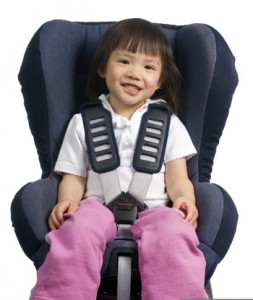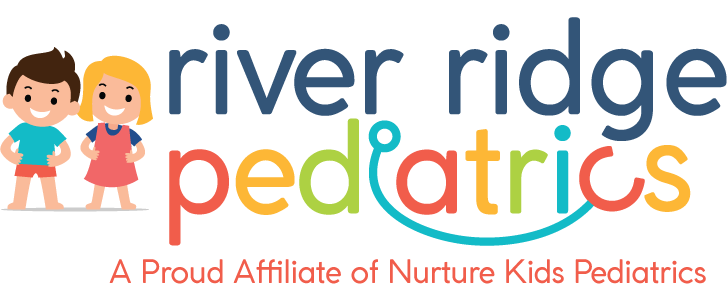New Child Car Seat Recommendations from the AAP
New Child Car Seat Recommendations from the AAP
 The American Academy of Pediatrics (AAP) recently released a new set of recommendations about car seat for children. The new guidelines recommends to keep children restrained in a rear-facing position in the back of the vehicle until they reach AGE 2 or the highest weight or height allowed by the car safety seat manufactures. Most convertible safety seats available accommodate children up to 35 pounds, which exceeds the weight of most boys and girls by 24 months of age.
The American Academy of Pediatrics (AAP) recently released a new set of recommendations about car seat for children. The new guidelines recommends to keep children restrained in a rear-facing position in the back of the vehicle until they reach AGE 2 or the highest weight or height allowed by the car safety seat manufactures. Most convertible safety seats available accommodate children up to 35 pounds, which exceeds the weight of most boys and girls by 24 months of age.
Most parents are concerned about the safety of their children when their legs grow pass the comfortable accommodation in a rear facing seat. The solution is to use a CONVERTIBLE seat and maintain the child rear-facing until they reach the maximum weight and height indicated by the manufacturer. As it turns out, it is very rare to sustain an injury to the legs while rear-facing, a concern many parents express.
Car Seat Safety Recommendations:
- Children 2 and older should remain in a forward-facing car safety seat with a harness for as long as possible, up to the limits allowed by the seat manufacturer.
- Children who are above the weight and height for a forward-facing seat should use a belt-positioning booster seat until the vehicle lap-and-shoulder seat belt fits properly, typically when they reach 4 feet 9 inches tall and are between 8-12years of age.
- When children are old enough and tall enough to use the vehicle seat belt alone, they should always use lap-and-shoulder seat belts.
- Children under the age of 13 should be restrained in the rear seats of vehicles for optimal protection.
For more information, check the 2011 Car Safety Seats: A Guide for Families at https://www.healthychildren.org/carseatlist, to find data on products, prices and height/weight limits for children.
Child Safety Recommendations While Traveling by Airplane
The Federal Aviation Administration (FAA) says the safest place for a young child during turbulence or in an emergency is in an approved child restrain system. However, the FAA does not require children under the age of 2 to sit in their own seat with a separate seat belt. Parents must make the decision on their own, while the cost of airline tickets and inconvenience of security screening procedures makes it challenging for families to follow the recommendations. Families who don’t purchase a separate ticket for their child under the age of 2 can try to book their travel during off times and ask to be placed next to an empty seat. It the family does not want to bring their own car seat, they can pay about $75 for an FAA-approved harness-type seat. Most car safety seats are approved for use on airplanes; look for the label stating, “This restrain is certified for use in motor vehicles AND aircraft”.
Don’t forget to ensure proper safety seat availability when you reach your destination. You can carry your own seat, check it as baggage or borrow one after landing.
For further information about aircraft travel and safety seats, visit the FAA web site about child safety on airplanes, or visit The Transportation Security Administration to find tips on traveling with children.
And remember: REAR VIEW UNTIL AGE 2!

 Previous Post
Previous Post Next Post
Next Post



